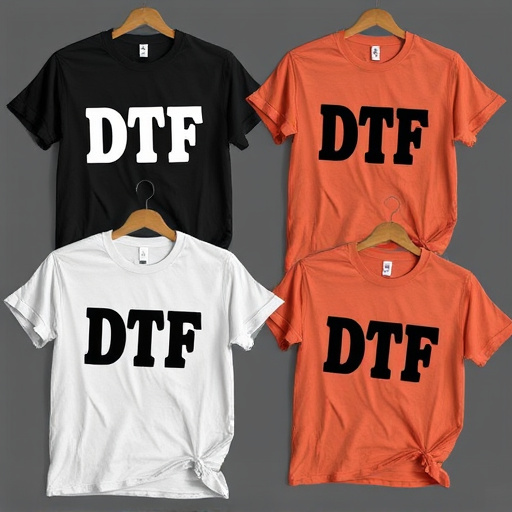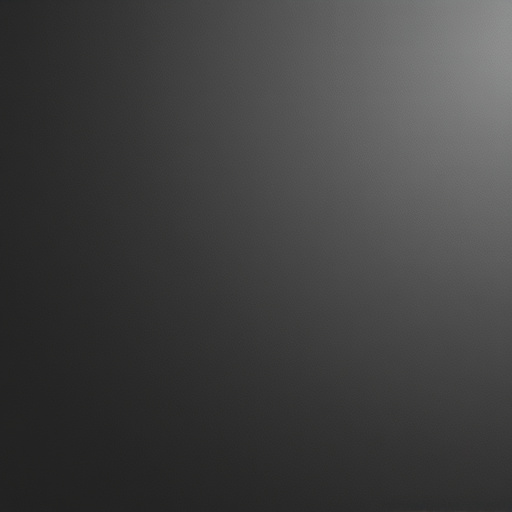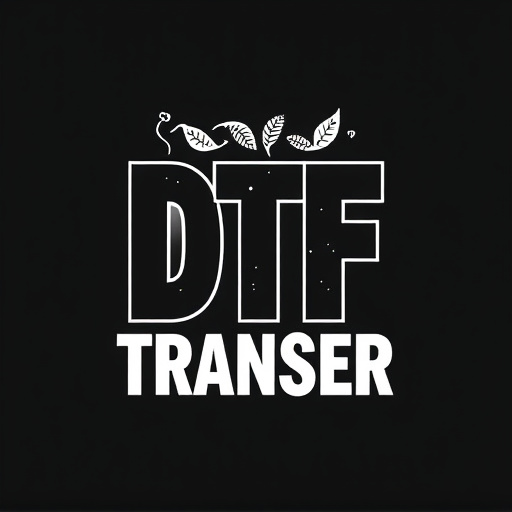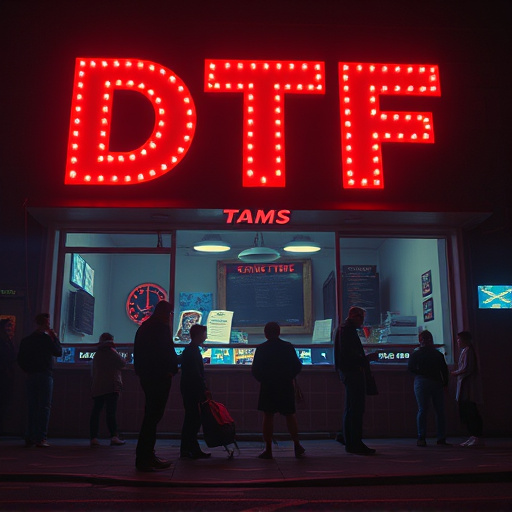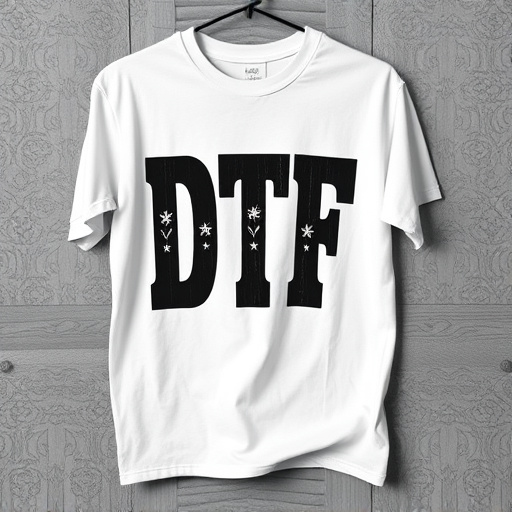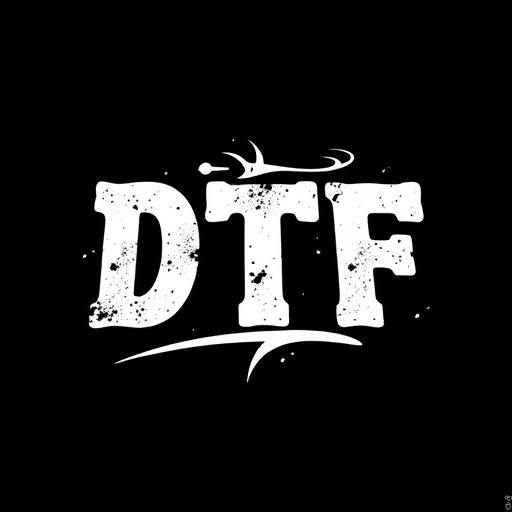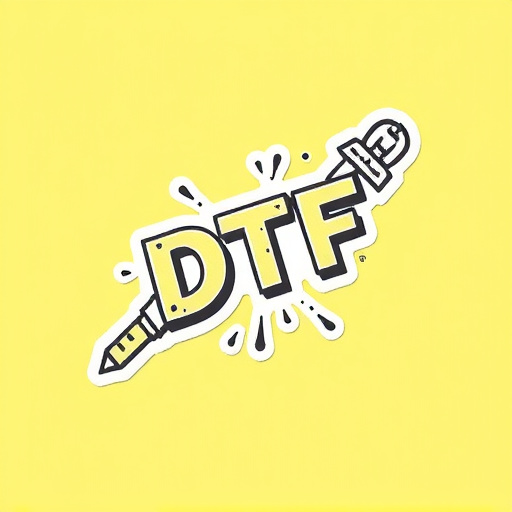Direct-to-Film (DTF) transfers are a cutting-edge method for creating high-quality digital copies from film negatives/positives, preserving cinematic treasures with texture, grain, and color authenticity. This innovative process involves projecting the film's image onto a sensor, making it ideal for archiving, distribution, or personal preservation of vintage films, home movies, and rare collections. DTF transfers are popular among filmmakers, archivists, and enthusiasts for their superior detail and authenticity. The professional creation of DTF transfers uses advanced equipment, UV curable inks, and meticulous attention to detail to produce top-quality results. Pre-processing includes cleaning and inspecting source material, setting proper lighting and exposure, and color correction/grading. Post-transfer enhancements include color grading, noise reduction, and sharpening tools. Unique challenges include achieving perfect color matches and preparing source material carefully. Providing exceptional DTF Transfer experiences through customer understanding, guidance, and clear communication is key to success in this industry.
“Unleash the power of direct-to-film (DTF) transfers for unparalleled cinematic experiences. This comprehensive guide delves into the professional creation process, exploring the intricate technology and equipment that bring your customers’ films to life. From pre-processing techniques to post-transfer enhancements, learn how to optimize results. Discover strategies for tackling common challenges and ensuring a seamless customer journey. Elevate your DTF services with best practices, offering clients a captivating and authentic film transfer experience.”
- Understanding Direct-to-Film (DTF) Transfers: A Comprehensive Guide
- The Equipment and Technology Behind DTF Transfer Process
- Pre-Processing Steps for Optimal DTF Results
- Post-Transfer Enhancement Techniques for Cinematic Quality
- Common Challenges in DTF Creation and How to Overcome Them
- Customer Experience: Best Practices for Delivering High-Quality DTF Services
Understanding Direct-to-Film (DTF) Transfers: A Comprehensive Guide

Direct-to-Film (DTF) transfers are a cutting-edge process that enables professionals to create high-quality digital copies directly from film negatives or positives. This innovative technique has revolutionized the way we preserve and share cinematic treasures, offering an alternative to traditional scanning methods. Unlike scanning, which digitizes film at a pixel level, DTF involves projecting the film’s image onto a sensor, resulting in a seamless digital file that retains the original’s texture, grain, and color.
This process is particularly beneficial for customers seeking to archive or share their vintage films, home movies, or rare collections. By employing specialized equipment and expertise, professionals can ensure that the digital transfer accurately represents the film’s aesthetic, making it ideal for restoration projects, distribution, or personal preservation. DTF transfers offer a level of detail and authenticity that has made them increasingly popular among filmmakers, archivists, and enthusiasts alike.
The Equipment and Technology Behind DTF Transfer Process
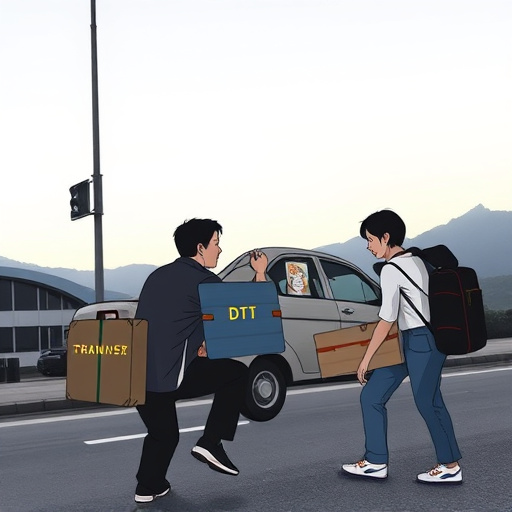
The professional creation of direct-to-film (DTF) transfers relies on advanced equipment and cutting-edge technology, ensuring top-quality results. Key components include specialized printers capable of producing high-resolution images directly onto film stock, along with sophisticated software that facilitates precise color calibration and seamless integration of the digital content with the physical medium.
Additionally, a crucial element is the use of UV curable inks, which allow for fast drying times and exceptional durability. This technology, combined with expert handling and meticulous attention to detail, results in vivid colors, crisp details, and a timeless quality that captures the essence of the original material.
Pre-Processing Steps for Optimal DTF Results

Before initiating a Direct-to-Film (DTF) transfer, several pre-processing steps are crucial to ensure optimal results. Firstly, source material preparation involves cleaning and inspecting the film for any damage or debris, ensuring it’s in pristine condition. This step is vital as even minor imperfections can affect the final print quality. Additionally, proper lighting and exposure settings during scanning or filming are essential to capture all necessary details and colors accurately.
The next critical phase is color correction and grading. Using specialized software, professionals adjust the color balance, contrast, and brightness to match the original film’s aesthetic as closely as possible. This meticulous process involves fine-tuning each frame to create a cohesive and visually appealing transfer. Furthermore, noise reduction techniques are applied to minimize graininess or pixelation, enhancing the overall visual clarity of the DTF.
Post-Transfer Enhancement Techniques for Cinematic Quality

After completing a direct-to-film (DTF) transfer, enhancing the visual quality is crucial to bring out the best in the original content. Various techniques can be employed to refine the image, ensuring it meets cinematic standards. One common method involves colour grading, where professional editors adjust colours, contrast, and brightness to achieve a visually appealing look. This meticulous process allows for the restoration of rich hues or the creation of unique atmospheres that enhance storytelling.
Additionally, noise reduction is essential to minimise graininess and other visual artifacts. Advanced algorithms can intelligently remove unwanted noise while preserving important details, resulting in a sharper and more pristine image. Sharpening tools can also be utilised to boost fine details, making textures and edges more distinct, especially beneficial for older films or materials with lower resolution.
Common Challenges in DTF Creation and How to Overcome Them

Creating direct-to-film (DTF) transfers for customers presents several unique challenges. One of the primary hurdles is achieving a perfect color match between the source material and the final transfer. Variations in lighting conditions, camera settings, and even the type of film stock used can lead to discrepancies in color, requiring meticulous calibration and fine-tuning.
To overcome these challenges, professionals employ advanced color grading techniques using specialized software. By comparing and matching colors pixel by pixel, they ensure that the DTF transfer accurately represents the original content. Additionally, proper preparation of source materials is crucial; this includes cleaning and repairing old or damaged film stocks to prevent artifacts and noise from affecting the final product.
Customer Experience: Best Practices for Delivering High-Quality DTF Services

Providing an exceptional customer experience is paramount when offering direct-to-film (DTF) transfer services. It begins with understanding your customers’ needs and preferences, ensuring clear communication throughout the process. Offer personalized guidance on file formats, resolutions, and compression methods to meet their specific requirements. High-quality customer service includes promptly addressing queries and providing transparent updates on project timelines.
Implementing user-friendly platforms or interfaces for file uploads and progress tracking enhances the overall DTF transfer experience. Regularly request feedback from clients to identify areas of improvement. By prioritizing customer satisfaction, you can build a positive reputation, foster long-term relationships, and encourage word-of-mouth referrals, solidifying your position in the industry.
